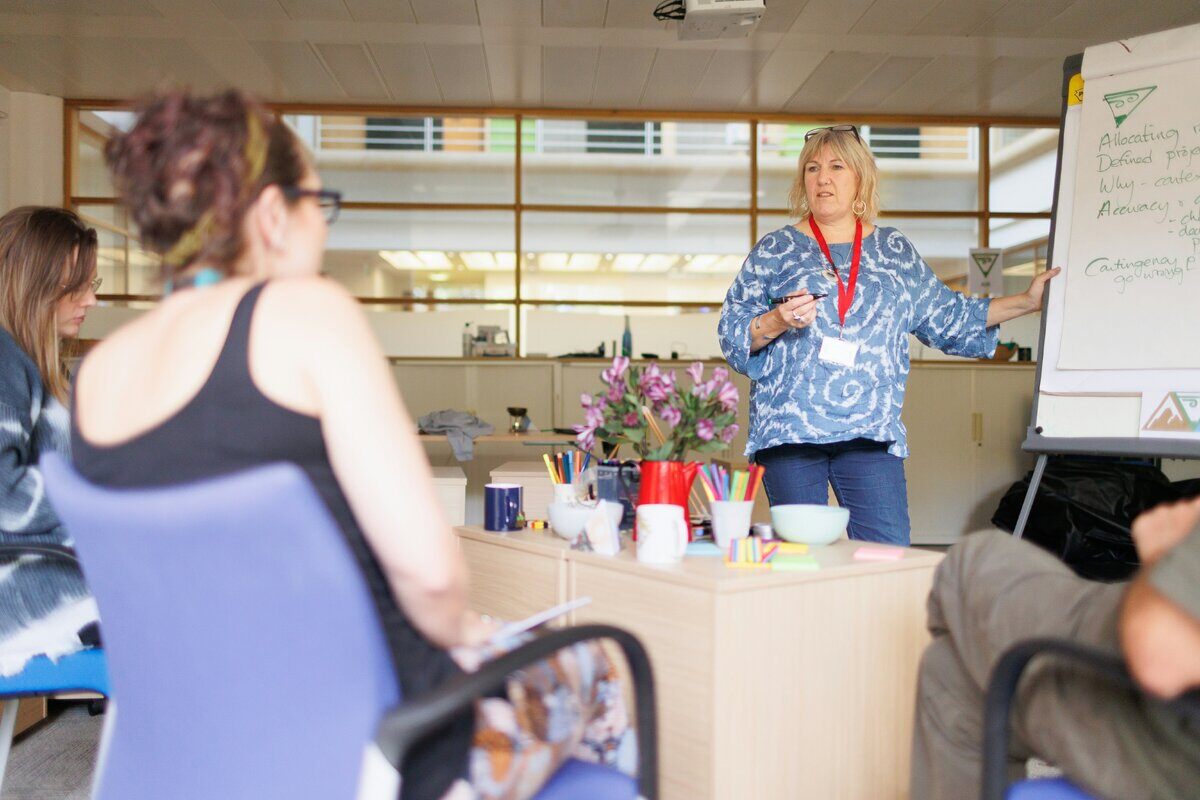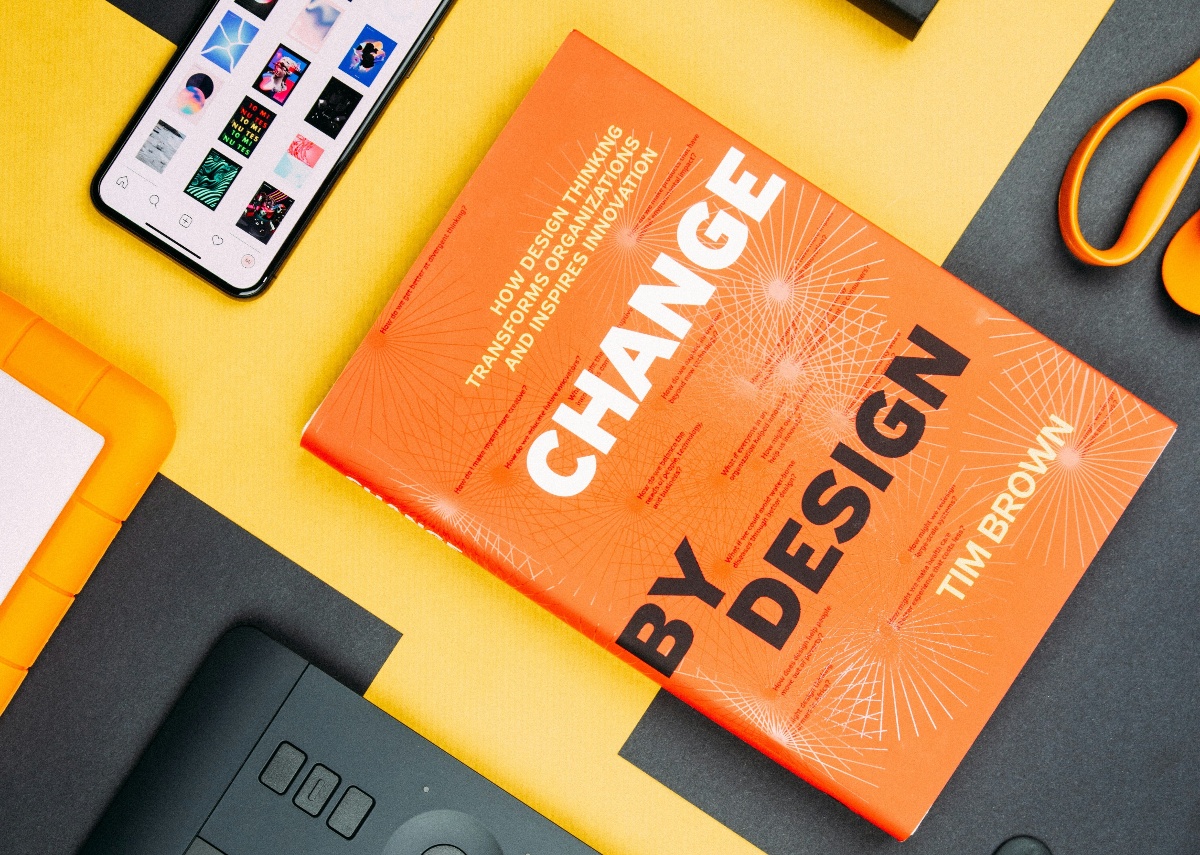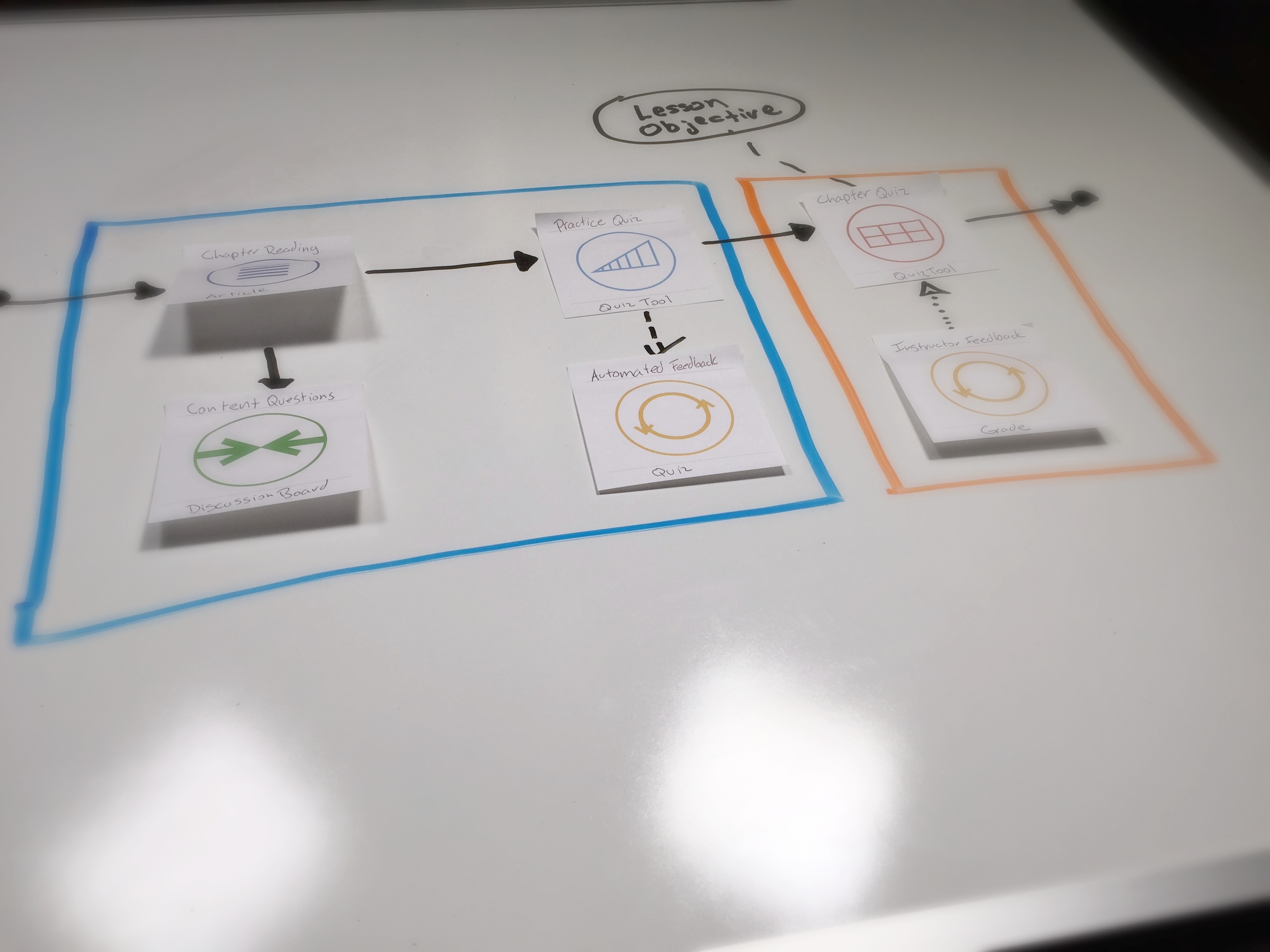
The Science of Modeling Learning Environments
I am constantly amazed by the ingenuity and creatively of learning and education professionals. Often with limited resources and time, they manage to foster learning experiences that are nothing less than transformative. At the same time, I can’t help by think we are missing fundamental tools to further unlock potential and capacity for innovation.
In this post, I briefly describe the foundational goals that led to the creation of the University of Central Oklahoma’s Institute for Learning Environment Design and our commitment to creating innovative ways of designing learning experiences that make a difference.
Here I’ll focus on how modeling learning environments offers a new and effective approach at planning learning experiences.
The Missing Piece
Recently at the Institute for Learning Environment Design we completed a project with a higher education institution that focused on planning a new academic program. This program would serve a very specific population of students and offer career-ready skills in an accelerated format.
The goal was present (“the what”): create the program; however, the pathway needed to be established for how this was to be accomplished. We needed a vision and strategy for “the how”.
In response, we developed visual “blueprints”, or models, that communicate common design patterns throughout the program. These models were created using analog methods and later digitized for sharing and use. The use of models enhanced clarity and provided a clear plan for innovation.
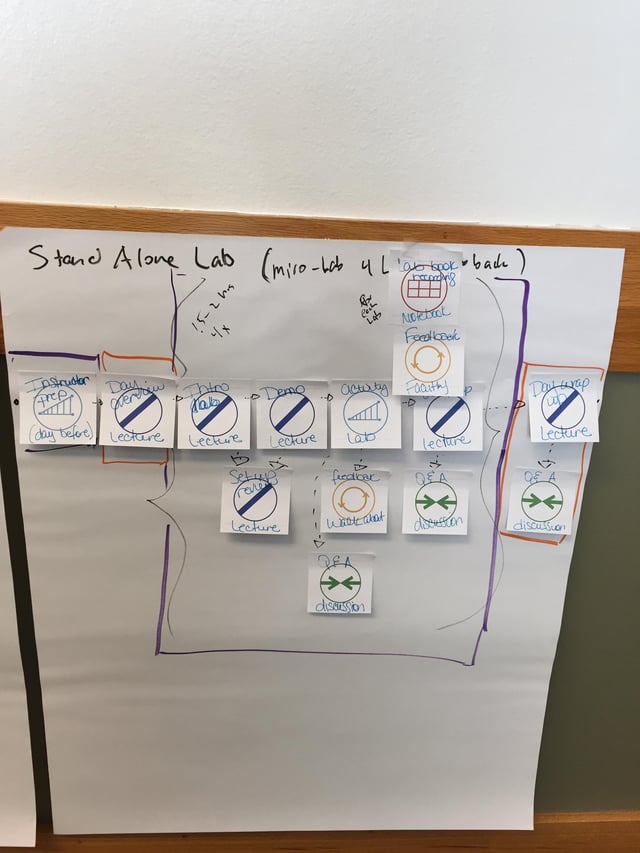
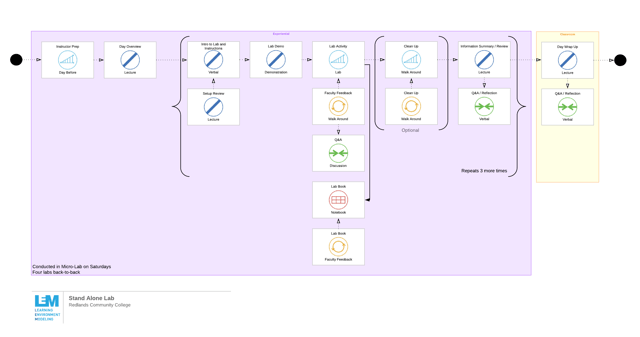
This example is all too common in schools, colleges, universities, and corporations.
Educators and learning professionals focus a great deal of energy on “the what”. We call them learning outcomes, goals, objectives, or an array of other similar terms. Through this process well-intentioned professionals frequently miss the picture of the environment that needs to be created to meet those goals.
Planning is locked away in documents and methods that fail to deliver the results needed.
Modeling as an Innovation Process
For years, I have explored the interaction of learning, innovation, and visualization. I have explored and developed approaches to help better understand the spaces and places where learning happens through modeling. The process of visualizing and modeling features of learning environments opens insights that are essential to the design of effective learning experiences.
One of the most successful approaches to modeling and visualizing learning environments is Learning Environment Modeling™. This approach was developed at the University of Central Oklahoma as a way of helping subject matter experts and instructional specialists collaborate on curriculum.
Modeling learning environments invites engagement, collaboration and critical thinking about the design of learning experiences.
While modeling is a relatively new and little-acknowledges aspect of learning and education fields, the importance of understanding, managing, and designing within complexity are becoming increasingly important aspects of our professional practice.
Models help to represent complex information in simple and useable formats. They convey information in ways that more traditional approaches cannot. Creating and using visual models of learning environments accelerates innovation and change.
Reasons to Model Learning Environments
Modeling learning environments can take on many different forms and approaches. It can have both research and applied uses.
A useful model of a learning environment should tell a story. It should provide a tool that empowers understanding, decision-making, and collaboration.
Modeling learning environments can help solve some of the most fundamental and challenging situations faced by learning and education professionals. Some of these uses include:
- Diagnosing course or training issues
- Planning continuing and professional education programs
- Implementing new learning technologies
- Supporting existing education offerings with technology
- Moving classroom-based learning experiences online
- Implementing new academic credential programs
- Ensuring alignment to learning outcomes or workplace competencies
These situations each represent significant planning and resource investments. Too often, these efforts are started without the use of a process for managing the complexity that will arise. Learning environment models save time, save resources, and reduce the risk of missing a key decision because it was not apparent in the planning.
Modeling learning environments reveals what is invisible in the planning and design of learning environments.
Subscribe To Our Blog
Most Popular
Post By Topic
- associations (2)
- blended learning (2)
- CLEA (3)
- community of practice (1)
- Continuous Improvement (1)
- covid (1)
- culture (1)
- customer engagement (1)
- Design Studio Session (7)
- designcast (2)
- E-Learning (2)
- engagement (1)
- equity (1)
- ILED (6)
- ILED Designcasts (4)
- Innovation (4)
- learning design (25)
- learning enviroments (22)
- learning innovation, (4)
- Learning Strategy (8)
- LEM Techniques (3)
- micro-credential (17)
- Powered by LEM (5)
- professional learner (2)
- Show Notes (4)
- Skills Gap (2)
- technology (3)
- Uncategorized (11)
- video (1)
- visualization (10)
- Workshops (1)



